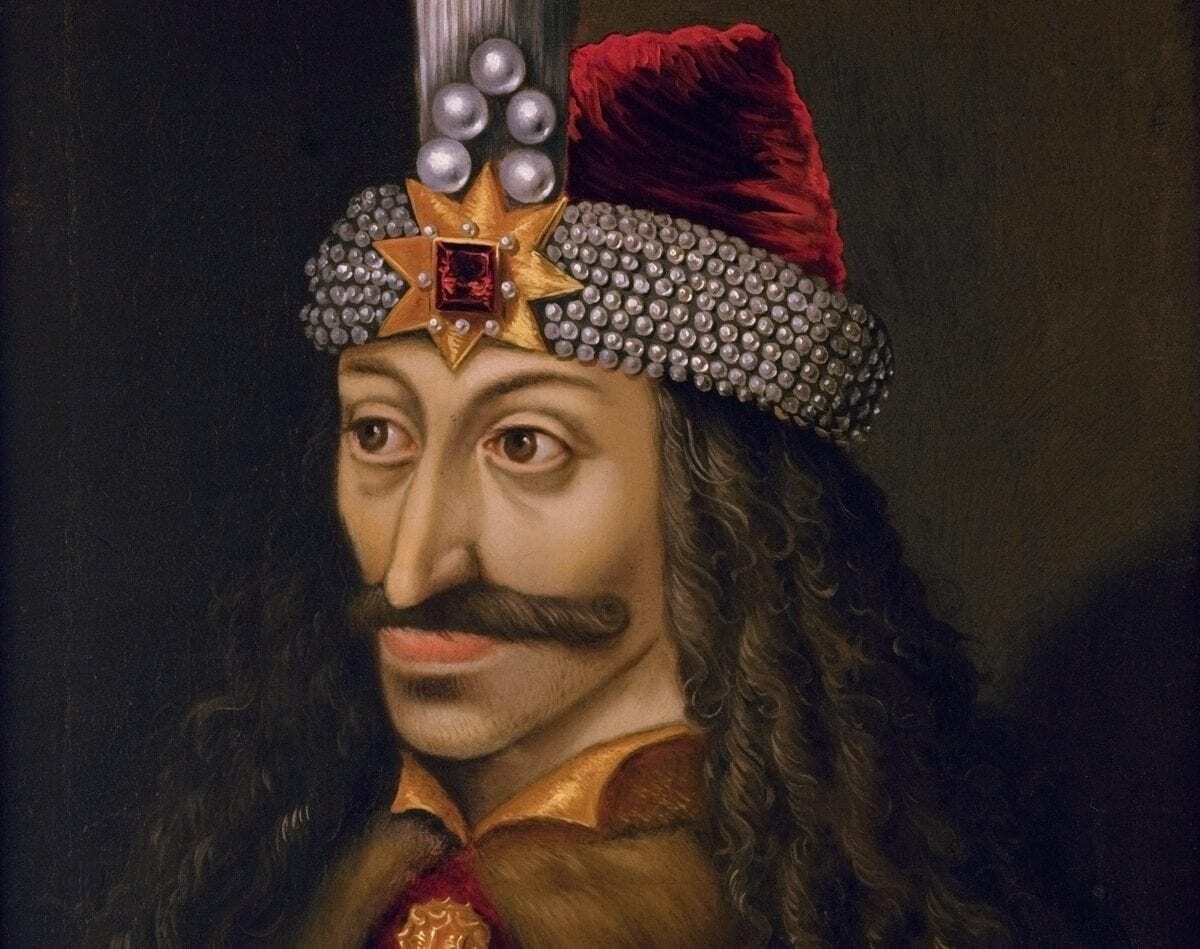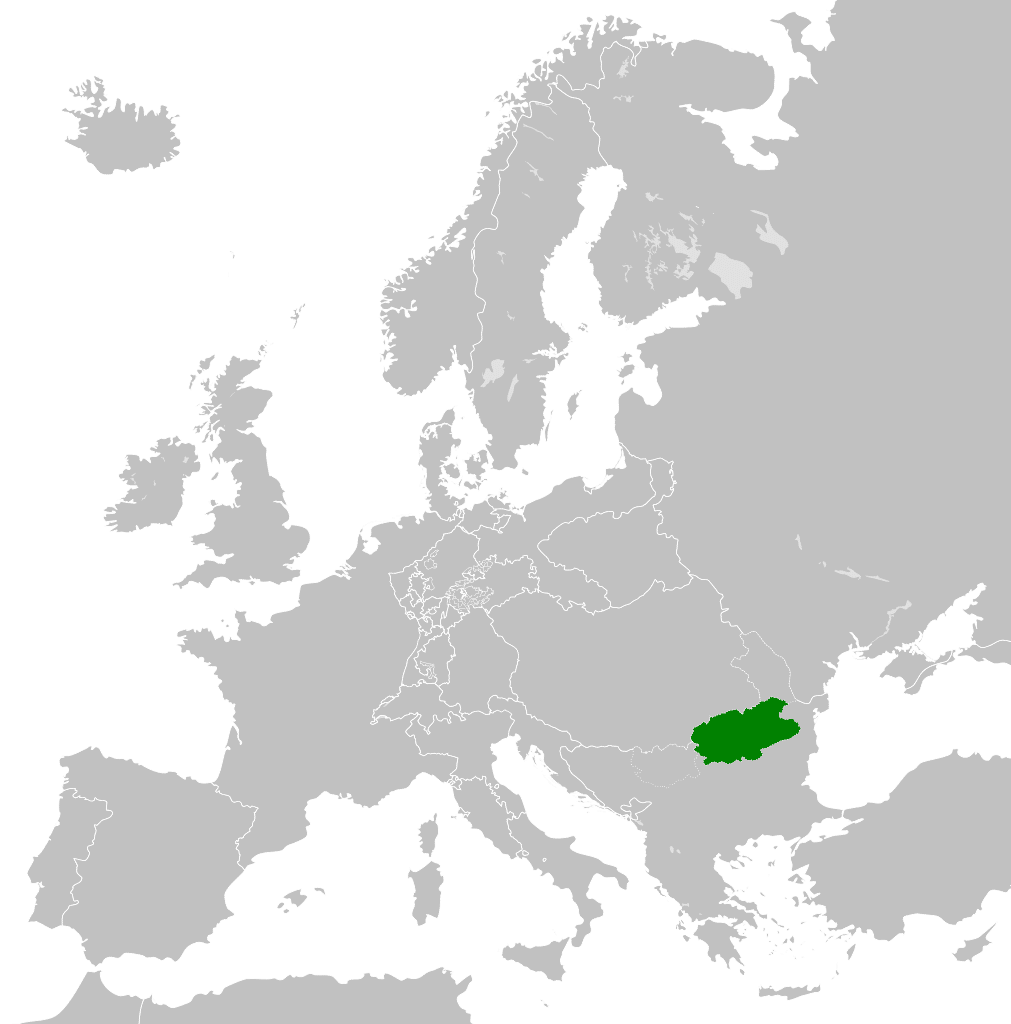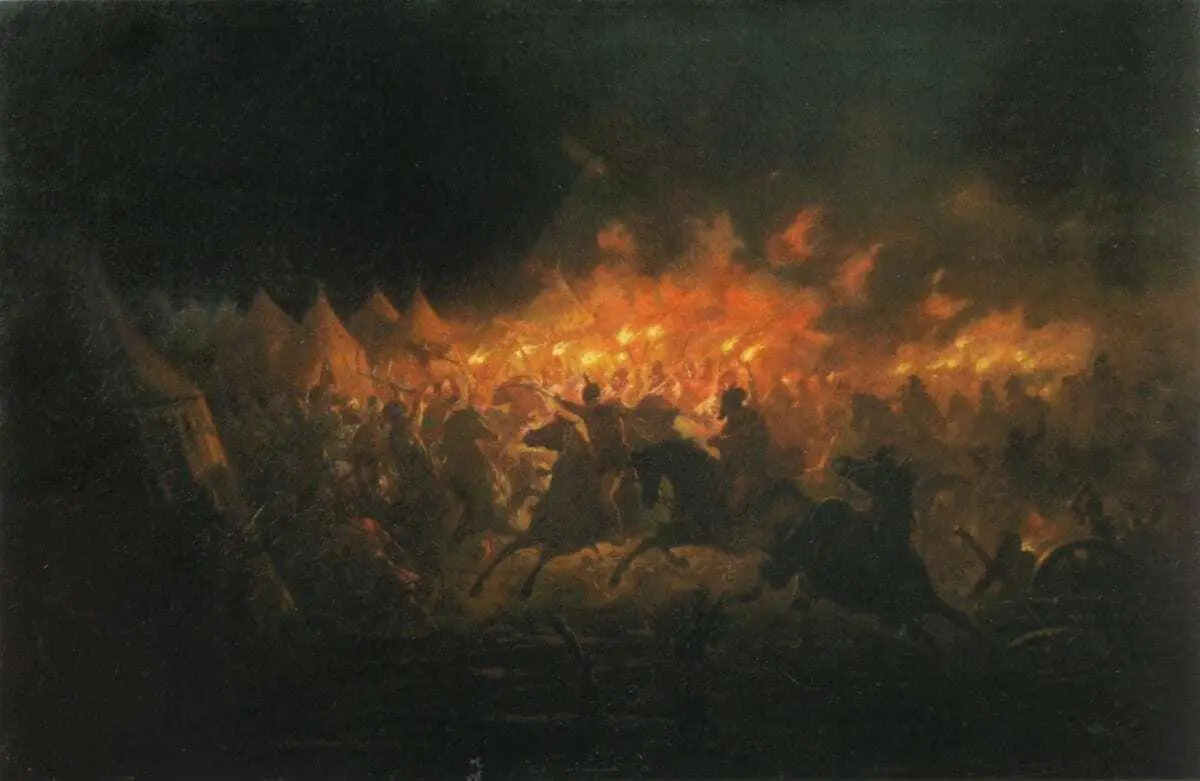
“Dracula”, published in 1897 by the Irish Author Bram Stoker, introduced audiences to the infamous Count and his dark world of sired vampiric minions.
Stokers’ work would go onto influence a cultural fascination and establish the conventions of vampire fantasy that we’ve come to popularise across various media.
Before the story of “Dracula” was concocted, the concept of a blood-sucking spirit or demon consuming human flesh was told in the mythology and folktales of almost every civilisation through the centuries. Stoker would spend several years researching Central and East European folklore for mythological stories on the supernatural.
One of the earliest vampiric depictions he would have uncovered stems from cuneiform texts by the Akkadians, Summarians, Assyrians and Babylonians where they referred to demonic figures such as the Lilu and Lilitu.
This myth became synonymous in Jewish folklore in the Babylonian Talmud, giving rise to the demon “Lilith” (translated as “night creature”) around 300-500AD. She would often be depicted as a sexually wanton demon who steals babies in the night to feast on their blood. Lilith would also appear as Adam’s first wife in the Alphabet of Sirach written between 700-100AD.
It wasn’t until the late 17th and 18th century that the folklore for vampires as we imagine, began to be told in the verbal traditions and lore of many European ethnic groups. They were described as the revenants of evil beings, suicide victims, witches, corpses possessed by a malevolent spirit or the victim of a vampiric attack that has resulted in their own viral ascension to vampirism.
During the 18th century, vampire sightings across Eastern Europe had reached its peak, with frequent exhumations and the practice of staking to kill potential revenants. This period was commonly referred to as the “18th-Century Vampire Controversy”.
18th century poetry and literature reflect the public hysteria of the time with poems like The Vampire (1748) by Heinrich August Ossenfelder and stories such as John Polidori’s “The Vampyre” (1819), featuring the vampire Lord Ruthven that culminated in Stokers pre-eminent vampire novel.
The catalyst for Stoker’s work is argued to stem from the tales regaled by Ármin Vámbéry, a Hungarian-Jewish writer, whilst another arguable source is the book “The Land Beyond the Forest (1890)” and essay “Transylvania Superstitions” by Emily Gerard which certainly introduced Stoker to the term “Nosferatu”.
According to the 1972 book “In Search of Dracula”, Radu Florescu and Raymond McNally championed the theory (that was originally proposed by Basil Kirtley), that Stoker’s research culminated in him basing Dracula on the Voivode of Wallachia, Vlad III Dracula, also known as Vlad the Impaler or Vlad Tepes.
The scholars had connected the two figures through a matching biographical namesake. Both Count Dracula and Vlad III Dracula also shared similarities in their personal clashes with the neighbouring Ottomans, highlighted during a conversation in Chapter 3 of the book.
In the conversation, Dracula refers to the Voivode of the Dracula race who fought against the Turks after the defeat in the Battle of Kosovo.
“Who was it but one of my own race who as Voivode crossed the Danube and beat the Turk on his own ground? This was a Dracula indeed! Woe was it that his own unworthy brother, when he had fallen, sold his people to the Turk and brought the shame of slavery on them! Was it not this Dracula, indeed, who inspired that other of his race who in a later age again and again brought his forces over the great river into Turkey-land; who, when he was beaten back, came again, and again, though he had to come alone from the bloody field where his troops were being slaughtered, since he knew that he alone could ultimately triumph! (Chapter 3, pp. 19)”
This is reinforced in chapter 18 when the stories character, Professor Van Helsing referred to a letter from his friend Arminius: “He must, indeed, have been that Voivode Dracula who won his name against the Turk, over the great river on the very frontier of Turkey-land. (Chapter 18, pp. 145)”
These speeches show elements that Stoker directly copied from “An Account of the Principalities of Wallachia and Moldavia: With Various Political Observations Relating to Them” by William Wilkinson.
Vlad III Dracula
Vlad III Dracula was the Voivode of Wallachia, having lived between 1428-1431. He is often considered one of the most important rulers in Wallachian history and a national hero of Romania to this day.
The second son of Vlad Dracul, (a member of the Order of the Dragons called the Drăculești), Vlad III and his brother were known as “Dracula”, translated as “son of Dracul”.
 Wallachia
WallachiaVlad Dracul was supplanted and murdered by Vladislav II in 1447 which led to a series of successive wars by Vlad III to retake the throne of Wallachia. In 1456, Vlad III defeated Vladislav II and started to strengthen his hold of the region. He begun by purging the Wallachian Boyers (nobility of the Danubian Principalities) who he believed played a role in the death of his Father and Brother.
Laonikos Chalkokondyles’s chronicles stated that Vlad “quickly effected a great change and utterly revolutionised the affairs of Wallachia” through granting the “money, property, and other goods” of his victims to his retainers.
He then turned his attentions to the Transylvanian Saxons who supported his enemies and plundered the villages around Brașov and Sibiu. German propaganda tell stories of Vlad ordering all the inhabitants to Wallachia and had them impaled or burnt alive.
The real threat to Vlad and his nation was the neighboring Ottoman Empire. Vlad had failed to pay the jizya (tax on non-Muslims) to Sultan Mehmed II for the past three years which culminated in Vlad taking the offensive. He campaigned across the Danube by attacking villages and stormed the fortress of Giurgiu, resulting in the death of over 23,000 Turks and Bulgarians.
Having learned of Vlad’s invasion, Mehmed II raised an army of more than 150,000 strong with the objective to conquer Wallachia and annex it to his empire.
The two leaders fought a series of skirmishes, culminating in a failed night attack near the city of Târgoviște by Vlad III in an attempt to kill Mehmed. Mehmed proceeded to march on the city finding little resistance, but after leaving Târgoviște he discovered the horrific remains of 23,844 impaled Turkish prisoners arranged in concentric circles.

The Battle with Torches, a painting by Theodor Aman about Vlad’s Night Attack at Târgoviște – Theodor Aman
During his reign, Vlad is said to have also killed from 40,000 to 100,000 European civilians (political rivals, criminals, and anyone that he considered “useless to humanity”), mainly by impaling.
As convincing as the Vlad III theory suggests, this was always contested by Stoker’s son, Irving Stoke who claimed that the creation of Dracula was due to a nightmarish dream his father had after eating dressed crab.
Further footnotes copied from Wilkinson’s book by Stoker state that “DRACULA in Wallachian language means DEVIL.” This footnote further explained that “Wallachians gave the name “Dracula” to people who were especially courageous, cruel, or cunning”. They never mention the name of Vlad III, the connection to the order of the dragons, nor that Vlad III’s life was a direct source of inspiration for Stoker despite previous assumptions.
Another theory by Barbara Belford argues that Stoker’s close friend and employer, the actor Sir Henry Irving (1838-1905) was actually Stokers inspiration for the character traits of Dracula. In “Bram Stoker: A Biography of the Author of Dracula,” Barbara Belford connects the venerated actor to the fictional vampire, describing Irving as an egotist, a striking, mesmerising figure, and a demanding employer.
Belford notes, “Somewhere in the creative process, Dracula became a sinister caricature of Irving as mesmerist and depleter, an artist draining those about him to feed his ego. It was a stunning but avenging tribute.”
So, who is really the real Dracula? We have no definitive evidence, but most scholars generally agree that the idea of Dracula stems from the stories of Vlad III, or at least from the history of the Voivodes of Wallachia where Stoker borrowed scraps of miscellaneous information in his research.
For the character concept and appearance of Dracula, Stoker would have drawn on his real-life experiences and acquaintances for inspiration. Stoker was a deeply private man, but his intense adoration of actors Walt Whitman, Henry Irving and Hall Caine, and shared interests with Oscar Wilde, as well as the homoerotic aspects of Dracula have led to scholarly speculation that he was a repressed homosexual who used his fiction as an outlet for his sexual frustrations.
This is certainly emphasised in the book, “From the Shadow of ‘Dracula'” by Paul Murray who describes ‘The powerful sexual charge which runs through Dracula has caught the attention of modern commentators, who see in it deviant and taboo forms of sexuality, including rape, incest, adultery, oral sex, group sex, sex during menstruation, bestiality, pedophilia, venereal disease, and voyeurism, among other things.
As for Irving, the role of Count Dracula in a failed stage play reading was not one that Henry Irving wanted. When Stoker asked him if he liked the reading, Irving’s response was “Dreadful.”
Six years later, Irving died, but Stoker would describe his admiration as “So great was the magnetism of his genius, so profound was the sense of his dominancy, that I sat spellbound” for which parallels to the magical, dominating character of Count Dracula can certainly be compared.
During his reign, Vlad is said to have also killed from 40,000 to 100,000 European civilians (political rivals, criminals, and anyone that he considered “useless to humanity”), mainly by impaling.
As convincing as the Vlad III theory suggests, this was always contested by Stoker’s son, Irving Stoke who claimed that the creation of Dracula was due to a nightmarish dream his father had after eating dressed crab.
Further footnotes copied from Wilkinson’s book by Stoker state that “DRACULA in Wallachian language means DEVIL.” This footnote further explained that “Wallachians gave the name “Dracula” to people who were especially courageous, cruel, or cunning”. They never mention the name of Vlad III, the connection to the order of the dragons, nor that Vlad III’s life was a direct source of inspiration for Stoker despite previous assumptions.
Another theory by Barbara Belford argues that Stoker’s close friend and employer, the actor Sir Henry Irving (1838-1905) was actually Stokers inspiration for the character traits of Dracula. In “Bram Stoker: A Biography of the Author of Dracula,” Barbara Belford connects the venerated actor to the fictional vampire, describing Irving as an egotist, a striking, mesmerising figure, and a demanding employer.
Belford notes, “Somewhere in the creative process, Dracula became a sinister caricature of Irving as mesmerist and depleter, an artist draining those about him to feed his ego. It was a stunning but avenging tribute.”
So, who is really the real Dracula? We have no definitive evidence, but most scholars generally agree that the idea of Dracula stems from the stories of Vlad III, or at least from the history of the Voivodes of Wallachia where Stoker borrowed scraps of miscellaneous information in his research.
For the character concept and appearance of Dracula, Stoker would have drawn on his real-life experiences and acquaintances for inspiration. Stoker was a deeply private man, but his intense adoration of actors Walt Whitman, Henry Irving and Hall Caine, and shared interests with Oscar Wilde, as well as the homoerotic aspects of Dracula have led to scholarly speculation that he was a repressed homosexual who used his fiction as an outlet for his sexual frustrations.
This is certainly emphasised in the book, “From the Shadow of ‘Dracula'” by Paul Murray who describes ‘The powerful sexual charge which runs through Dracula has caught the attention of modern commentators, who see in it deviant and taboo forms of sexuality, including rape, incest, adultery, oral sex, group sex, sex during menstruation, bestiality, pedophilia, venereal disease, and voyeurism, among other things.
As for Irving, the role of Count Dracula in a failed stage play reading was not one that Henry Irving wanted. When Stoker asked him if he liked the reading, Irving’s response was “Dreadful.”
Six years later, Irving died, but Stoker would describe his admiration as “So great was the magnetism of his genius, so profound was the sense of his dominancy, that I sat spellbound” for which parallels to the magical, dominating character of Count Dracula can certainly be compared.
No comments:
Post a Comment